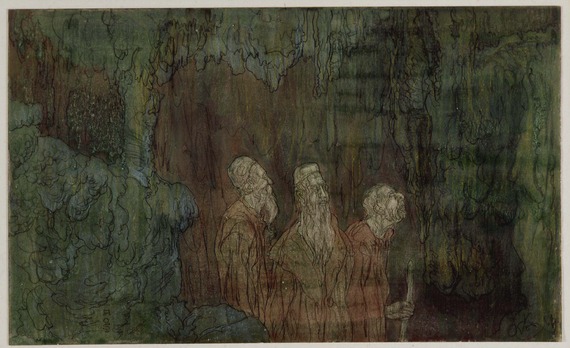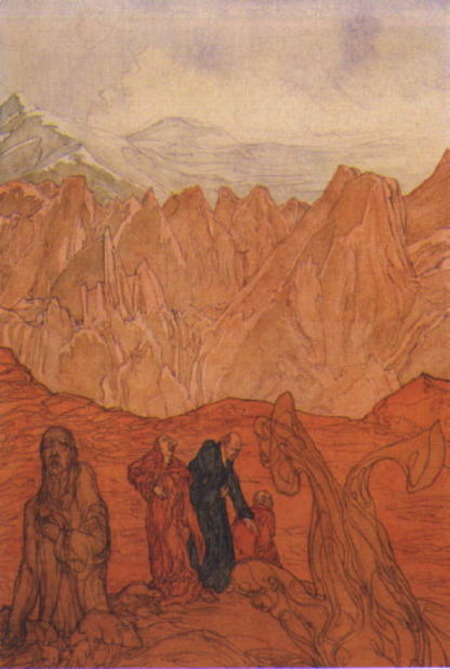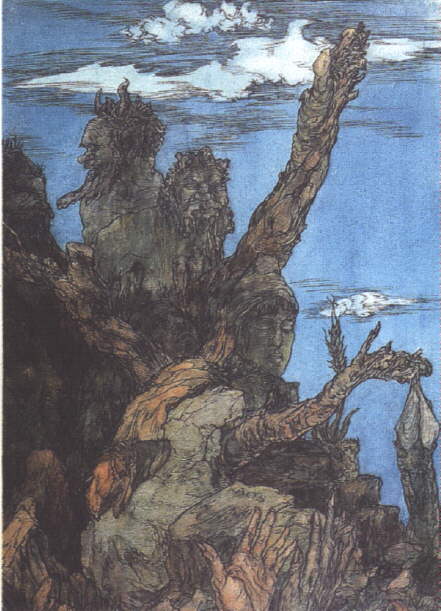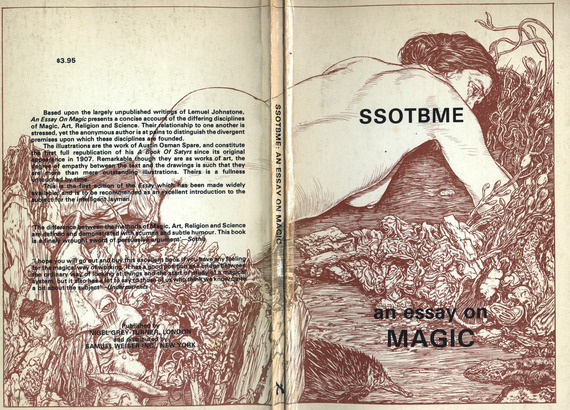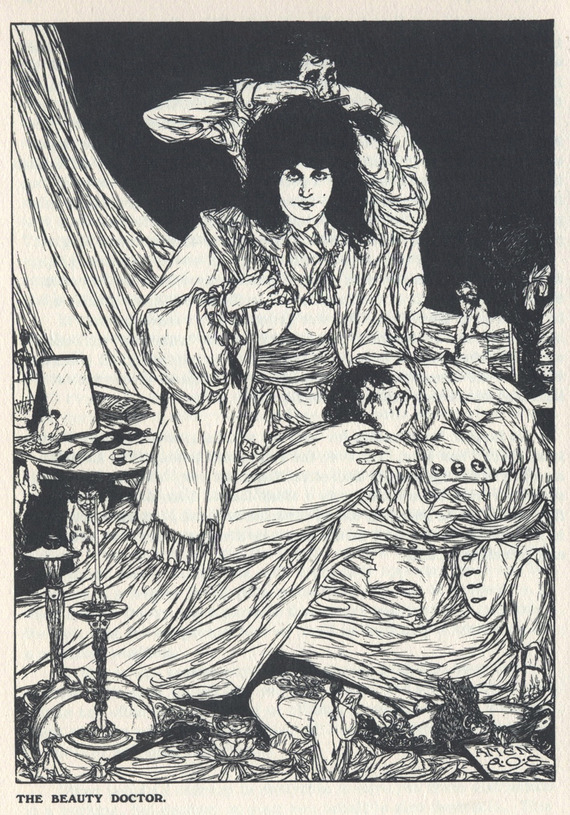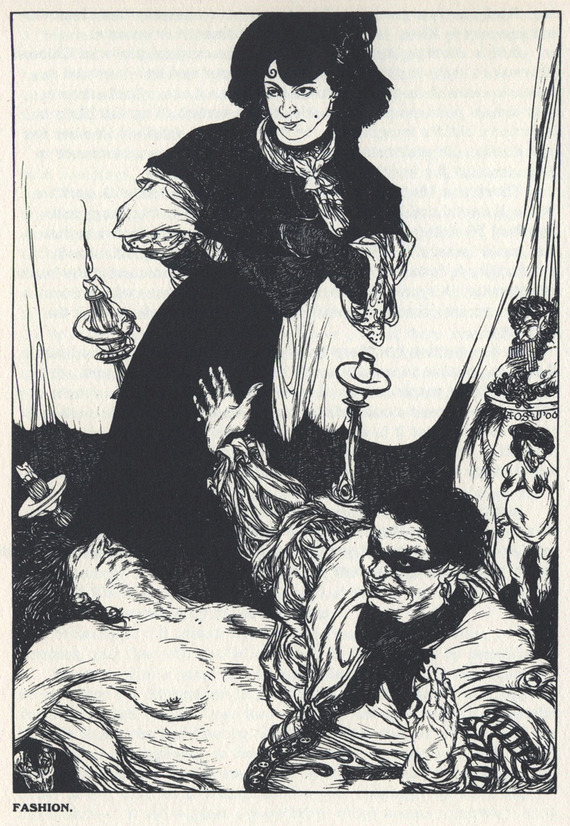I found this tiny image in a Santería shop in Chicago, and I have always felt a connection to it — possibly due the dreams I had as a child. I believe I paid $1 for it.
Wikipedia says that:
The Niño de las Suertes is has a strong following due to its association with Santa Muerte. While the image was created in the 19th century, its popular veneration is a recent phenomenon. The image was found by two evangelists in the rubble of the Hacienda of San Juan de Dios in Tlalpan. It was handed over to Archbishop Francisco Lizana y Beaumont. As a number of monasteries wanted to claim it, the archbishop decided to make the decision by lottery. It is said that this image favored theConvent of San Bernardo due to the vow of poverty by its nuns. This was confirmed by doing the drawing three times. In the 19th century, due to tensions between the Mexican government and the Church, the image was moved to Tacubaya when the convent was secularized.
As for Tacubaya, the current home of the image, Wikipedia states:
Located only ten minutes away from the Mexican president’s residence of Los Pinos, La Ciudad Pérdida (The Lost City) of Tacubaya are small shacks made of cardboard, wood and other found items that line the narrow streets in a part of the neighborhood, on Becerra, Mártires de Tacubaya, Heroes de la Intervencion and 11 de Abril streets, surrounding a complete block. The neighborhood was always poor, first inhabited about 100 years ago when small houses of adobe with wood roofs were built, forming the narrow streets that are found here. The area is filled with garbage and the smell of urine and stagnant water from drains that no longer work. Drug use entered this area in the 1980s, first with marihuana, then with cocaine. Eventually, the area became a drug distribution center. Neighbors say that most of the people in the lost city are transvestites, drug addicts, thieves as well as entire families, of which there are an estimated hundred. Residence of both the shacks and the permanent buildings say that they have been promised solutions to their problems, but nothing is done.
